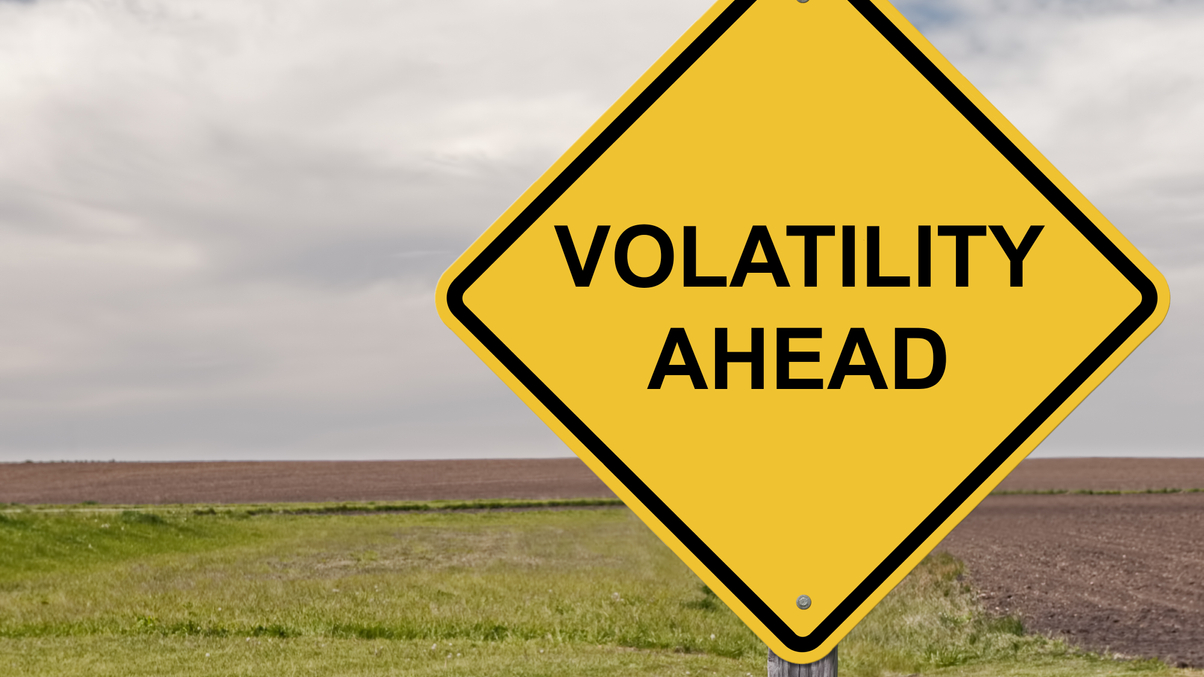Why volatility investing isn’t appealing to asset owners
The volatility of global equity markets during the first few months of the year has raised the profile of the Volatility Index. But few asset owners in Asia are looking to use it.

The white-knuckle ride of global capital markets over the first few months of 2018 have raised the profile of some volatility investment options. But Asian investors appear to be eyeing these products very warily.
Sign In to Your Account
Access Exclusive AsianInvestor Content!
Please sign in to your subscription to unlock full access to our premium AI resources.
Free Registration & 7-Day Trial
Register now to enjoy a 7-day free trial—no registration fees required. Click the link to get started.
Note: This free trial is a one-time offer.
¬ Haymarket Media Limited. All rights reserved.


